03 DEVELOPMENT

Duration: It depends. usually couple of months
Activities
- Creating software architecture
- Writing code
- Continuous delivery
- Client validation
- Tests and Quality Assurance
Outcomes
- Software architecture – a technical plan for your project
- A completely developed software solution
- Software passes QA and it’s production-ready
01 INTRO
Development phase is where we execute on the plan that we created in earlier phases.
This is where actual code gets written. Your project will make a transition from designs into something tangible that you can actually use.
02 Look before you leap
Planning for technical execution
Before we start writing code, we need to make a Software architecture.
It’s a comprehensive document detailing our software designs, plans, and technical decisions for the software project.
Once we have the architecture, we have a clean picture about how to implement all the features that your project need. We insert everything into our organization software and we’re ready to go.
With a well-structured plan in place, multiple developers can work simultaneously on different parts of the system.
This concurrent approach not only ensures efficient collaboration but also accelerates the project’s completion.




03 DEVELOPMENT PROCESS
The Power of Sprints
When we develop software, we work in sprints. Think of a sprint as a focused one-week period where we commit to specific tasks. Here’s how it works:
- Planning for Success: Before each sprint starts, we set out clear goals for what we’ll achieve in the upcoming week. This ensures everyone’s on the same page.
- Consistent Delivery: Once we’ve decided on our tasks for a sprint, it’s locked in. This means the team is fully committed to delivering those tasks by the week’s end. It helps our developers work without distractions and ensures that we make steady progress.
- Immediate Feedback: As soon as something is ready we will deploy it. So you can see what we’ve built. This allows you to test and validate the new features early on.
- Adaptable Approach: We understand that as you see things come to life, you might want to tweak priorities or introduce new ideas.
If you’re on a per-hour pricing model, it’s easy to adjust. Simply let us know, and we’ll slot it into our plan for the upcoming sprint. - Quality Assurance: Our team writes code adhering to industry best practices. We use proven technologies that are reliable and efficient. While we keep abreast of the latest advancements, we won’t gamble with untested tools that might jeopardize the project.
By working in this structured manner, we ensure transparency, consistent progress, and flexibility in our development process, keeping our clients informed and engaged every step of the way.
04 TRACKING
A simple way to track everything
Being in the loop is essential for everyone. To ensure this, we utilize Trello – a visual project management tool that helps streamline our collaborative efforts.
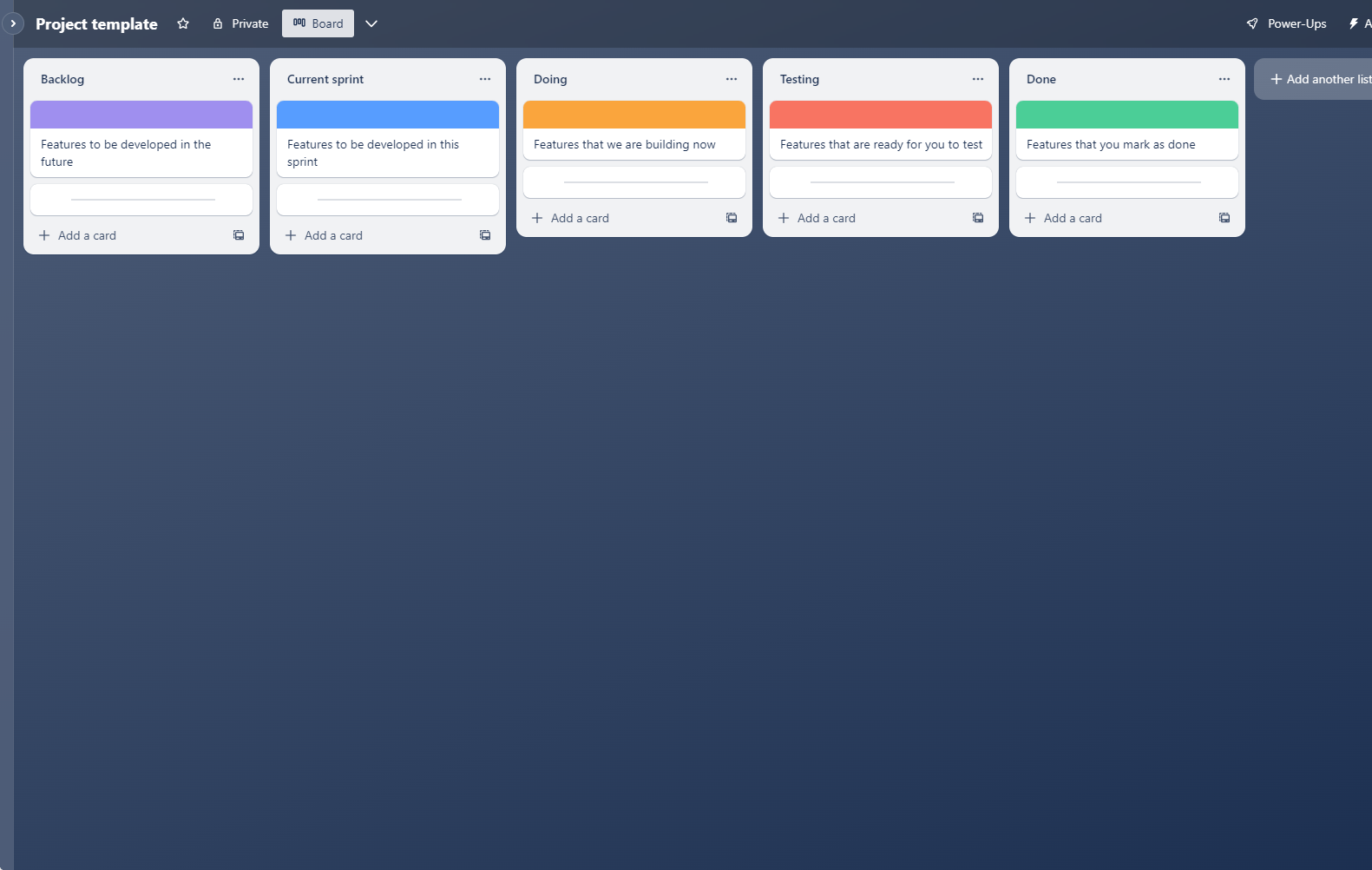
Here is how this benefits you:
- A Central Hub for Everyone: Our Trello board is tailored for both our project management team and our clients. It’s non-technical, making it accessible for everyone involved.
- Real-time Updates: On this board, you can immediately see what’s under construction, what’s queued up for future development, and the order of importance we’ve assigned.
- Effective Communication: Each task or feature gets its own card on Trello. Clients can drop comments directly on these cards, ensuring discussions are centred on specific topics. This approach eliminates lengthy, often confusing email threads.
- Total Control Over Priorities: Clients have the autonomy to suggest new features and re-prioritize the backlog. We’re agile in our approach, ensuring the most urgent tasks, as deemed by you, make their way into the upcoming sprint.
By consolidating all discussions, plans, and feedback in one place, our Trello system ensures a cohesive, transparent, and efficient development process, allowing clients to be active participants every step of the way.
05 WHAT WE USE
Let’s get technical 🤖
We code using best practices with expert developers at the helm.
Our tools? Proven technologies, not the latest fads.
We use standard tech stack and keep it well-documented. Your software is easily understood by any developer in the future.
Simply put, we craft durable and straightforward software for you.
Some of the technologies that we use:
Development
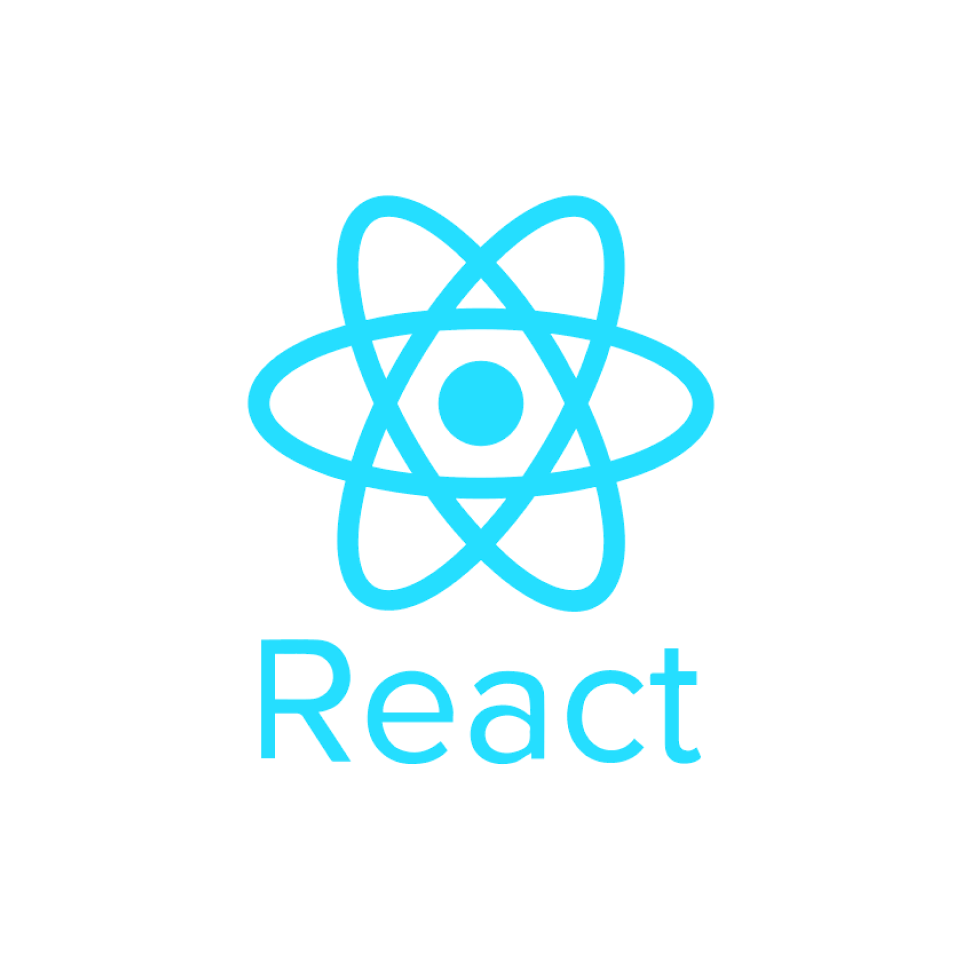
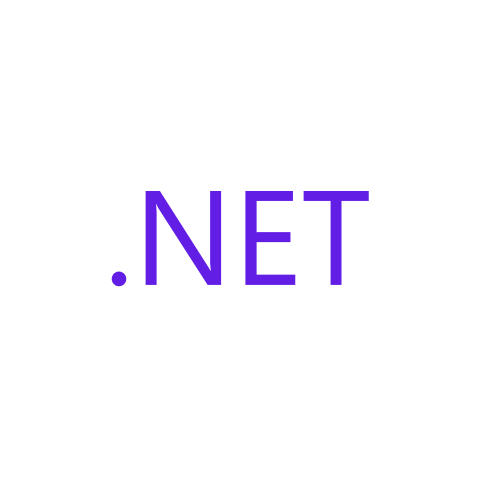

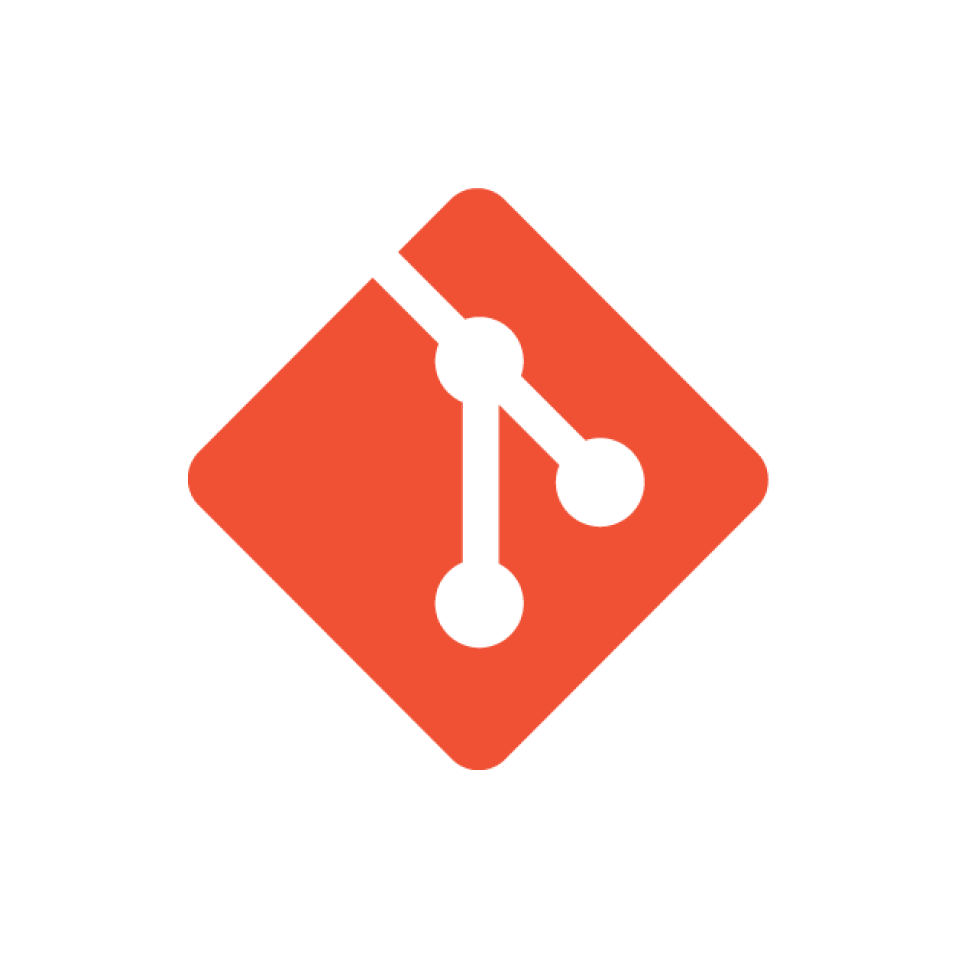
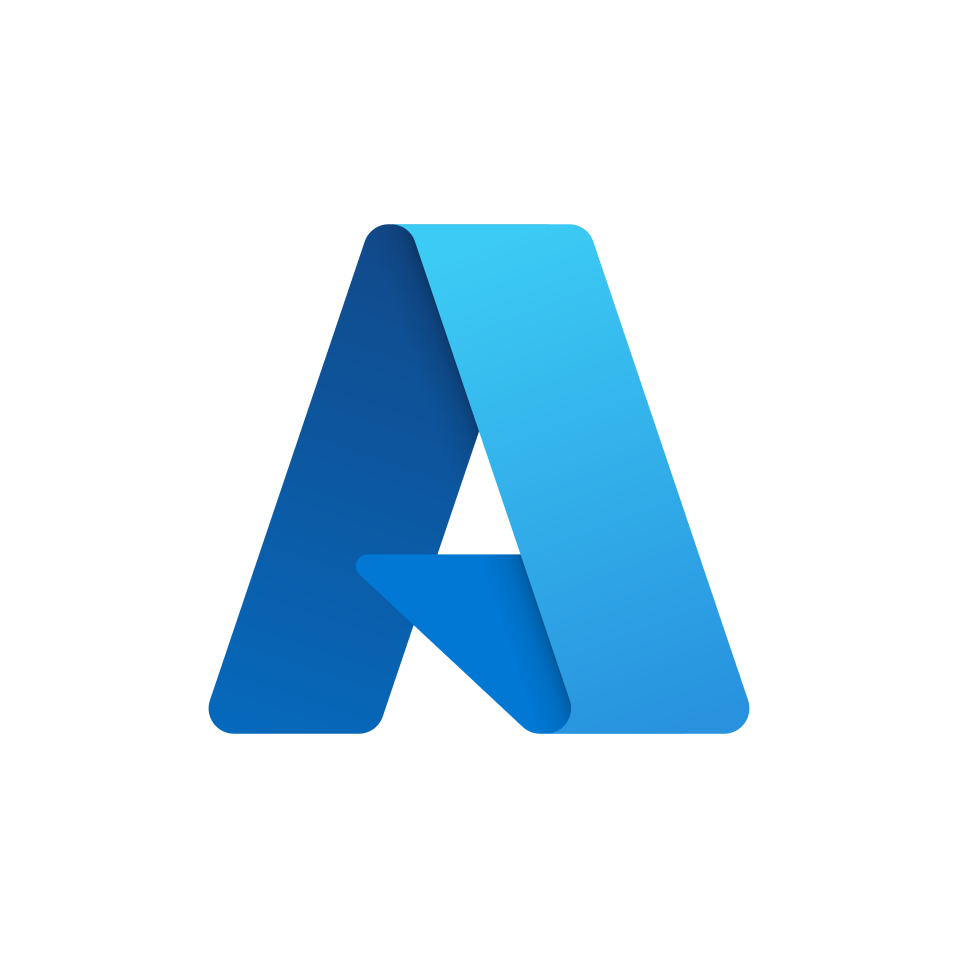
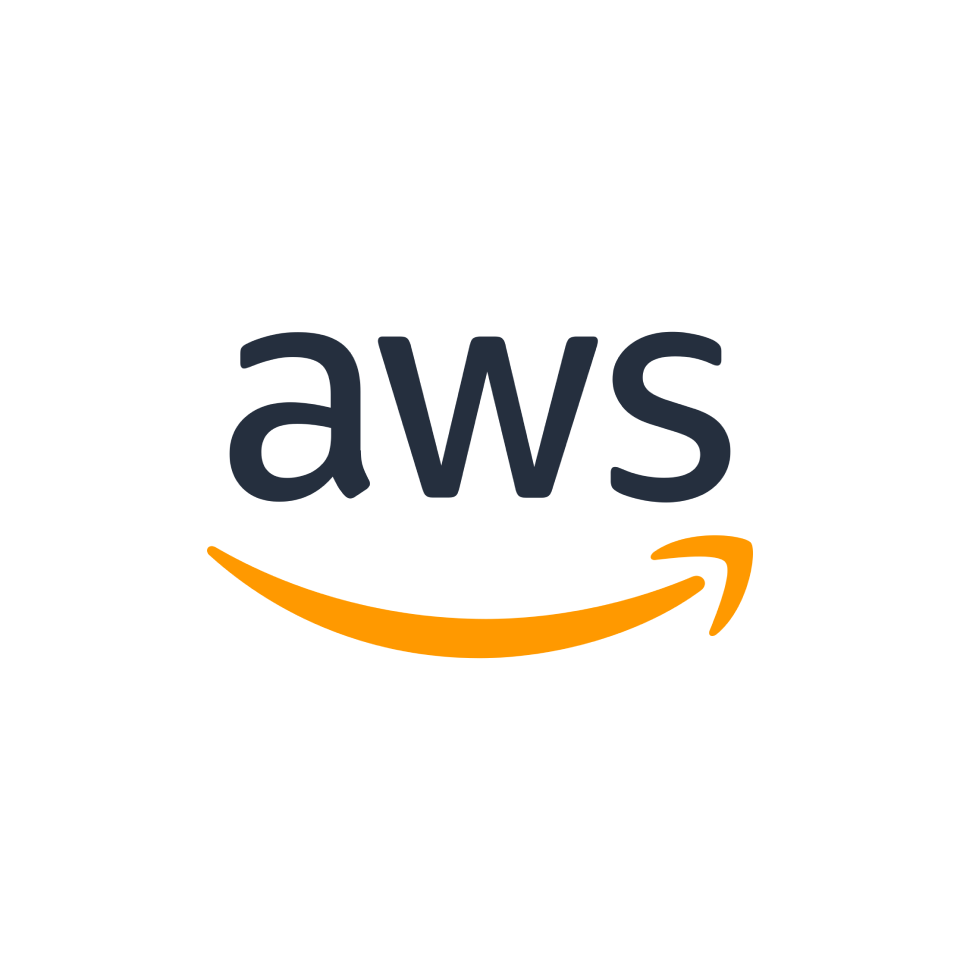
Project management
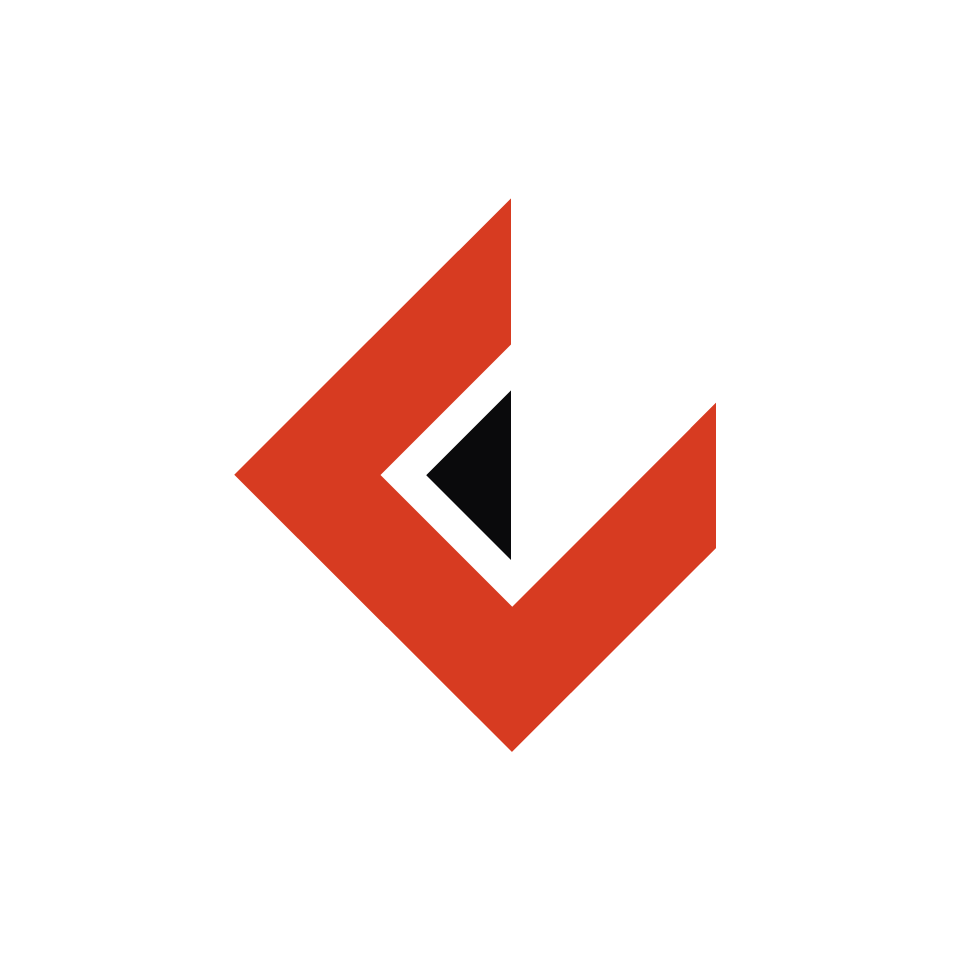
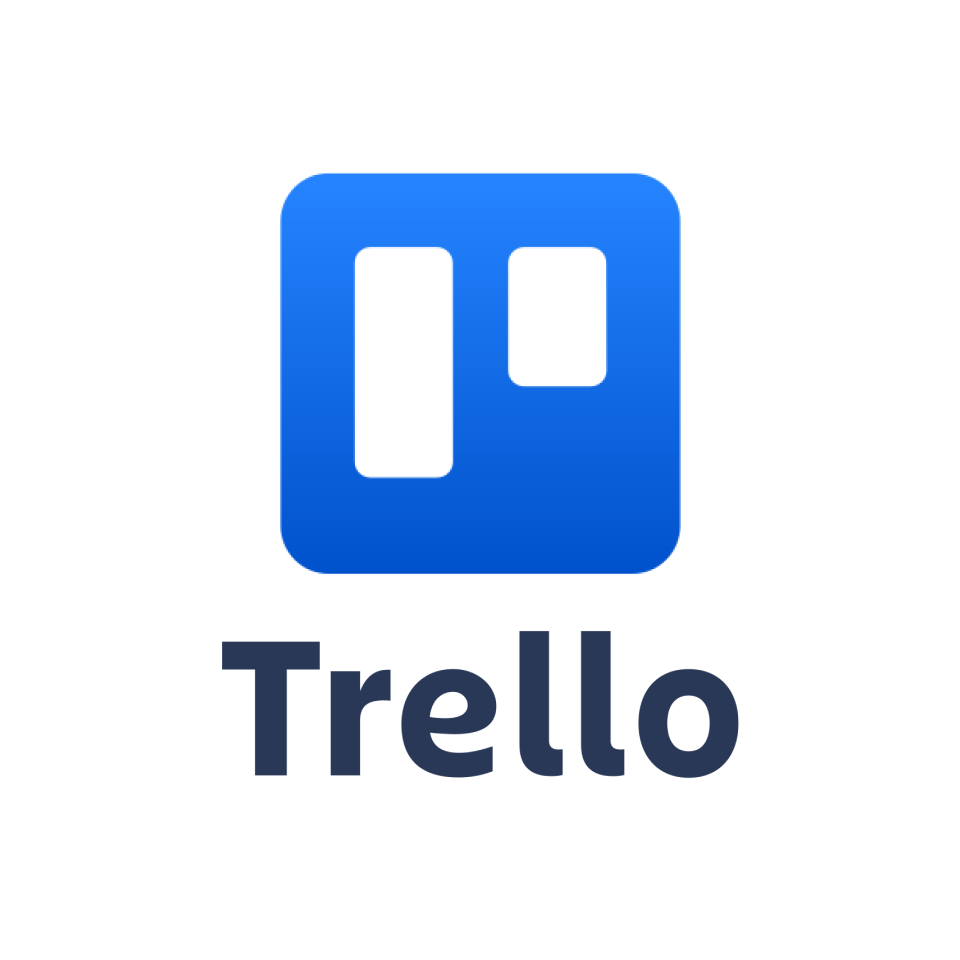
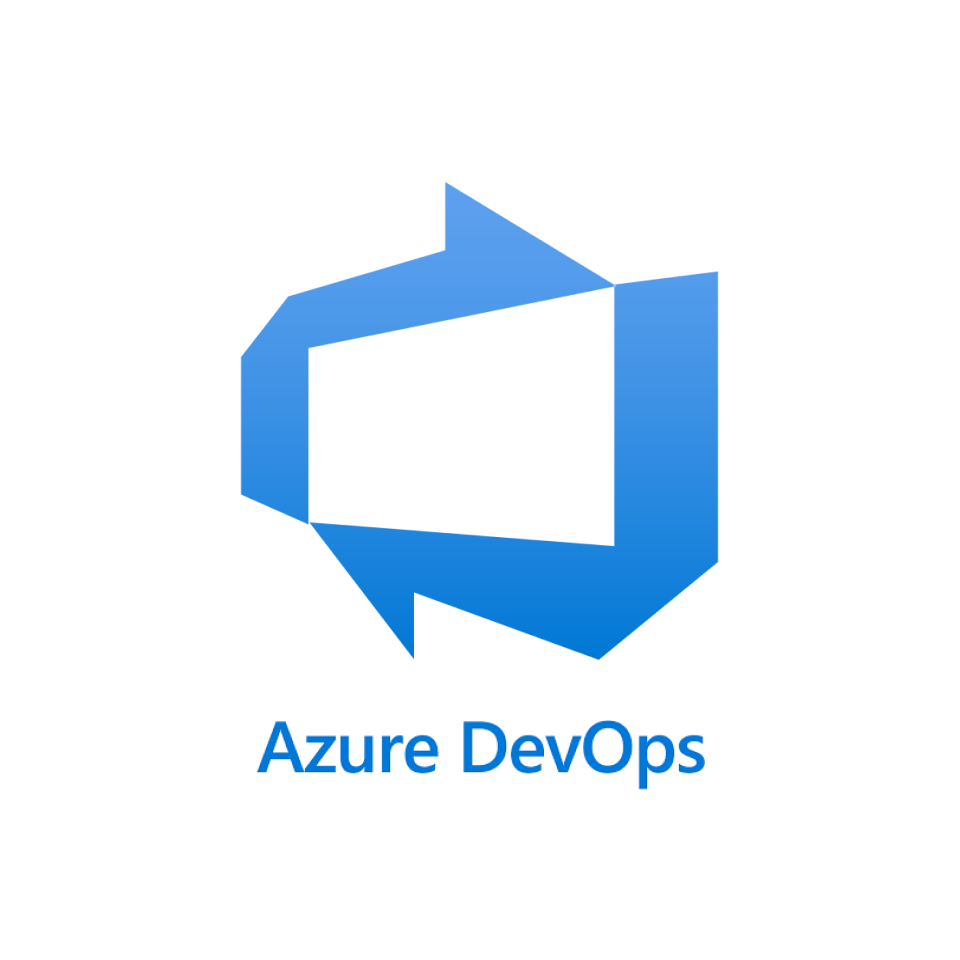
Other
We adapt to Client’s workflow and can use any tool that will make us go faster and operate more efficiently.